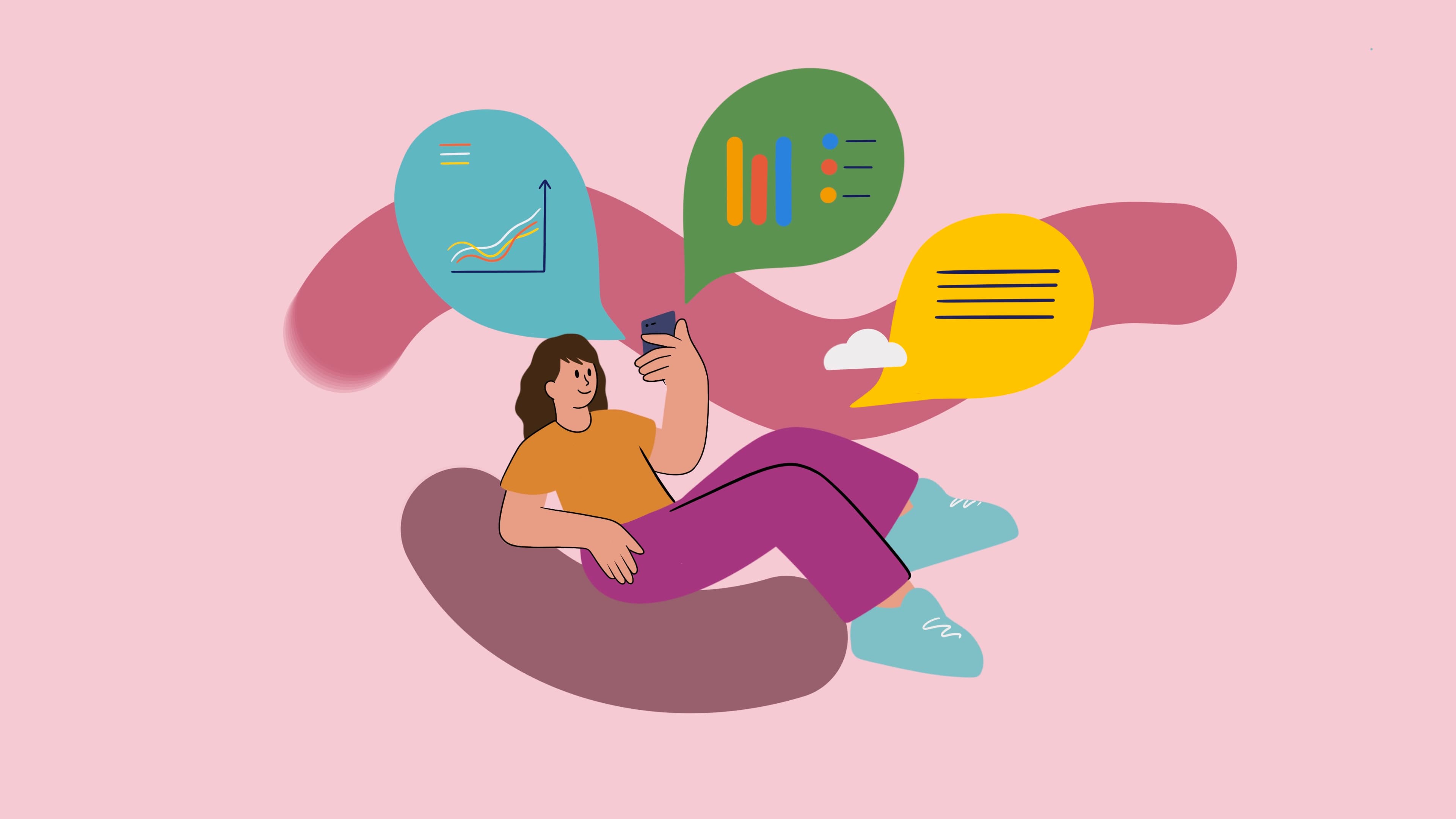Often confused with e-learning, digital learning emerged with the digital transformation of learning and training methods.
But what does it correspond to exactly? What is the difference between e-learning and e-learning? And above all, how do you integrate it into your training courses? As usual, we explain everything to you!
What is digital learning?
What is the difference between e-learning and digital learning?
Digital learning encompasses all learning methods based on the use of digital tools. The objective is to enable learners to learn in other ways, whether it is:
- through online training (synchronous or asynchronous)
- in person
- or in mixed training (Blended Learning)
E-learning, on the other hand, refers to distance online training via the Internet or digital tools. We therefore understand that e-learning is a major component of digital learning, and not its equivalent, as one might think!
What are the benefits of digital learning for training?
The main advantage of digital learning is Its ATAWADAC appearance :”Anytime, anywhere, any device, any content”. In fact, digital learning learning methods make it possible to learn everywhere, Anytime, on any medium and with any content. Its flexibility and adaptability are real assets!
For businesses, it is also a very popular method, as it allows:
- of reduce costs Of training
- of share content to all learners, quickly and in one go
- Ofget results rapids
- of Motivate more easily their teams thanks to fun interfaces.
In short, a method that ticks all the boxes!
And what are the disadvantages of digital learning?
Digital learning does (unfortunately) not only have advantages. This format can be restrictive, and there are a few things to keep in mind before getting started. Here are a few of them:
- The need to have the right equipment
- the lack of frame
- the lack of contact between the learner and the trainer
- the need for motivation On the part of the learner
In reality, these disadvantages are not for all businesses! Most adapt, create blended learning modules to facilitate contact, and choose a Digital Learning Manager to provide a framework for their training.
3 examples of digital learning for your training
1. MOOC (Massive Online Open Course): open access learning!
A MOOC is an educational format that is open to access and very generally free. Appeared at the end of the 2000s in major American universities, it allows learners to follow their training anywhere and whenever they want. Negative points: support is almost non-existent and the dropout rate is very high (90 to 95%).
This is why the SPOC, very similar to the MOOC, was created! The SPOC is an online training course, in a small group. This digital format is more interactive than the MOOC, because the trainer also participates in the virtual room.
2. Microlearning: ultra-short courses!
Microlearning is an apprenticeship format that is increasingly used for corporate training, since its completion rate is very good. These are very short modules (3 to 5 minutes) on specific concepts. The learner can complete these modules in a specific order or modulate the course according to his needs.
3. Social Learning: peer-to-peer training
Social Learning is a teaching method based on peer exchange and mutual support. This can involve the use of a messaging system, a Slack community, or even training courses created directly by teams or learners. This format is really effective and can be used as a complement to traditional face-to-face training.
In our opinion, digital learning still has a bright future ahead of it! With the digitalization of learning processes and materials, new digital training methods are likely to emerge in the years to come. Stay connected, this is only the beginning of Digital Learning!




